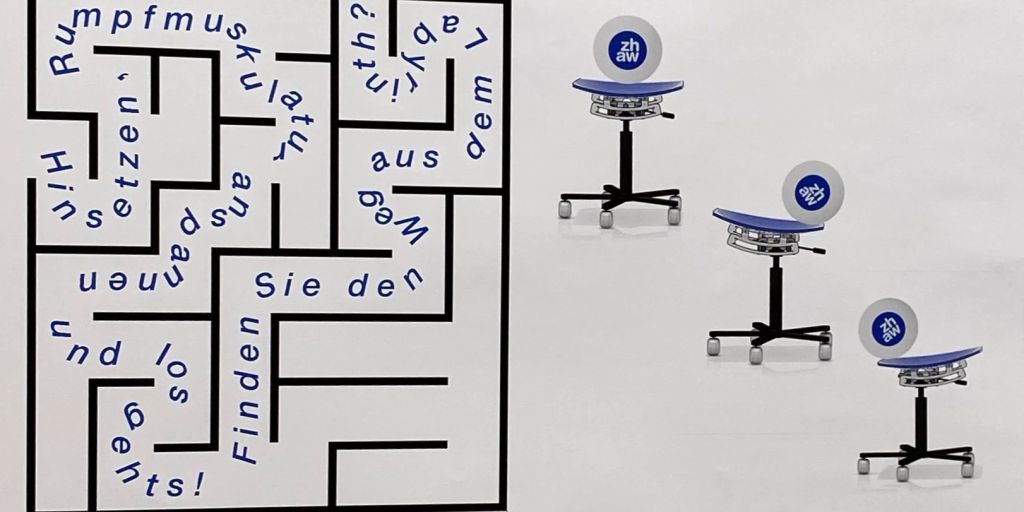The Biomechanics (BME) at the Institute for Mechanical Systems at ZHAW conducts research on Swiss technology and develops rehabilitation approaches.
The basics in brief
- Stroke, multiple sclerosis and Parkinson’s disease have strained the healthcare system and sufferers around the world.
- Hip-Kick improves neurological rehabilitation through fun training.
- It is an innovation for effective core training after a stroke.
Certain neurological diseases such as stroke, multiple sclerosis or Parkinson’s disease place a heavy burden on the healthcare system and those affected. Each year, about 16 million people worldwide suffer a stroke for the first time. Of those, five million are still tied down at their jobs.
Improving function after a stroke takes time and requires a lot of repetition of exercise. Intensive treatment is often necessary. Trunk control is key to successful rehabilitation in the first few years after a stroke.
Rehabilitation training should begin early after a stroke, preferably with abdominal muscle exercises. On the one hand, trunk control is essential for standing and walking, and on the other hand, sitting training can start early.
Swiss Technology: Rehabilitation with T-Chair and Holoreach
It is precisely in this area that the BME Institute of the Institute for Mechanical Systems at the Zurich University of Applied Sciences (ZHAW) is conducting research. Their goal is to improve the functionality and participation of the millions of affected people around the world.
Trunk control is one of the critical factors in successful rehabilitation in the first few years after a stroke. In order to specifically train this field, the BME team developed a robot-assisted therapy chair (T-Chair) and an augmented reality training system (Holoreach). These allow patients to independently perform core and grip control exercises.
Studies have shown that direct patient feedback provides added value to recovery. A significant effect was demonstrated in terms of clinical outcomes from trunk training performance.
Swiss technology: Hip-Kick – a fun training of the hips
At this year’s Technology Night in Winterthur on July 7, the Daniel Baumgartner team presented the Hip-Kick show object. The implementation of the core stability exercises in a playful way through a series of mechanical and sensory effects has been conceptualized and implemented technically.
The ball can be fun steered through a maze on a specially developed 3D seat with controlled hip motions. The goal is to increase the stability of the torso.
The main technology of the 3D seat is a dynamic mechanism consisting of two curved tracks arranged perpendicular to each other. This allows for reduced friction and natural movement of the hips and torso. In natural movement patterns, so to speak.
Swiss technology: a clinical study showing a significant effect
In one study, the spine and its freedom of movement when walking were analyzed and transferred to this mechanism. The 3D seat is connected to the maze via a controller and sensors, which are based on the same mechanics.
The ball can be directed through the maze with skillful hip movements. In this way, control of the spine and hips is improved and strengthened in a playful way.
The long-term goal of this Swiss technology is to make rehabilitation units more cost-efficient, independent and results-oriented. To achieve this goal, the ZHAW team works closely with chair innovator Rotavis.
The group of design and development specialists was present at the demonstration at the Technology Night in Winterthur. “Through these innovative approaches and technologies, the BME research team is making a significant contribution to helping affected people regain their jobs.” That’s what Patrick Bischoff of the Swiss Engineering Design and Development Group said.

“Certified tv guru. Reader. Professional writer. Avid introvert. Extreme pop culture buff.”







More Stories
Samsung Quantum Dot TV: Art meets technology
Pitch: €56m for energy startup Reverion
Plastoplan: Plastics for Energy Transition